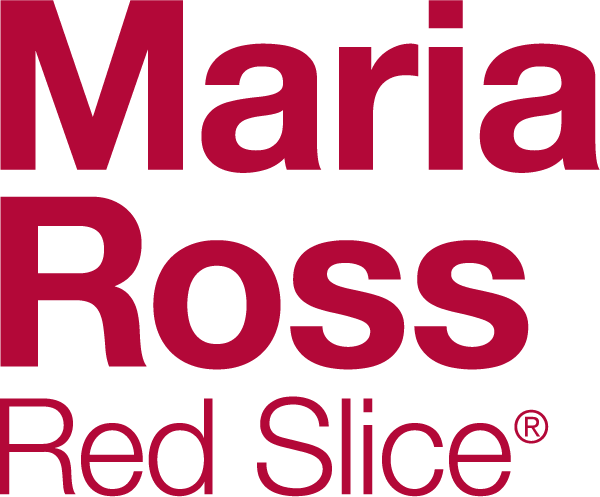There is a lot of talk about how creativity and collaboration “should” be done these days. Some say processes are stifling. Others say you have to all be in the same office to collaborate effectively. Today’s conversation will offer you a different take on how collaboration can actually lead to the most creative solutions on the planet.
Today, I spoke with Laetro co-founder and firmer Disney creative, Dave Zaboski! We talked about what Disney taught him about effective collaboration, including the idea of “plussing” to ensure the best outcome. He candidly shares how process and structure don’t stifle creativity but ensure it’s repeatable, and actually helps creatives get good work out into the world. We talk about the unique position we are in as humans to tell stories, the role mission plays in mobilizing a team, and how empathy is required by artists. Dave also gives his take on AI and creative technology and where the dangers and opportunities lie.
To access the episode transcript, please click on the episode title at http://www.TheEmpathyEdge.com
Key Takeaways:
- Solutions can and should be beautiful. Beauty is created when you add to others, not when you are negative to them.
- Empathy in creativity allows bridges to be built and connections to be made between different experiences of different people.
- Storytelling is a power – stories create our reality. What would happen if we stop telling the apocalypse stories, and start to use the technology in the stories to enable society to flourish.
- There is process and structure, even in creativity. It is not a bad thing, it is a way to get replicable results no matter what industry you are in. Rules are necessary for creativity to flourish.
“Creativity, innovation, the advancement of ideas and collaboration happen on both sides of the brain. In order to be able to create powerfully, it’s got to be the head, heart and hands.” — Dave Zaboski
About Dave Zaboski, Co-Founder and Chief Creative Officer, Laetro.com
Dave Zaboski is the co-founder and Chief Creative Officer of Laetro.com, a tech-enabled community of the world’s finest creatives serving enterprise customers with best-in-class design services. He is a classically trained painter and was an animator at Disney, Sony, and Warner Bros. during the Second Golden Age of Animation. He worked on “Beauty and the Beast,” “The Lion King,” “Pocahontas,” “Aladdin,” “The Hunchback of Notre Dame,” “Hercules,” “Fantasia 2000,” and others. He has illustrated several acclaimed children’s books, including titles for Dr. Ken Dychtwald, Dr. Deepak Chopra, finance guru Ric Edelman, and actor Paul Michael Glaser.
Dave has created concept art for film and television, shown his fine art at galleries internationally, been the expedition artist in search of a lost temple in the Andes, and painted for the Dalai Lama. Along with teaching workshops at retreat centers like Esalen Institute, Summit, and Rancho La Puerta, Dave also contributed as a faculty member at Singularity University and NextMed Health Conferences. Dave teaches creativity, leadership, innovation, and collaboration to entrepreneurs, makers, and organizations around the world. He lives with his wife, Robin, and a small menagerie on a ranchette in Southern California.
Connect with Dave Zaboski:
Laetro.com: Laetro.com
LinkedIn: linkedin.com/in/davezaboski/
Instagram: instagram.com/davezart
Join the tribe, download your free guide! Discover what empathy can do for you: http://red-slice.com/business-benefits-empathy
Connect with Maria:
Get the podcast and book: TheEmpathyEdge.com
Learn more about Maria and her work: Red-Slice.com
Hire Maria to speak at your next event: Red-Slice.com/Speaker-Maria-Ross
Take my LinkedIn Learning Course! Leading with Empathy
LinkedIn: Maria Ross
Instagram: @redslicemaria
X: @redslice
Facebook: Red Slice
Threads: @redslicemaria


